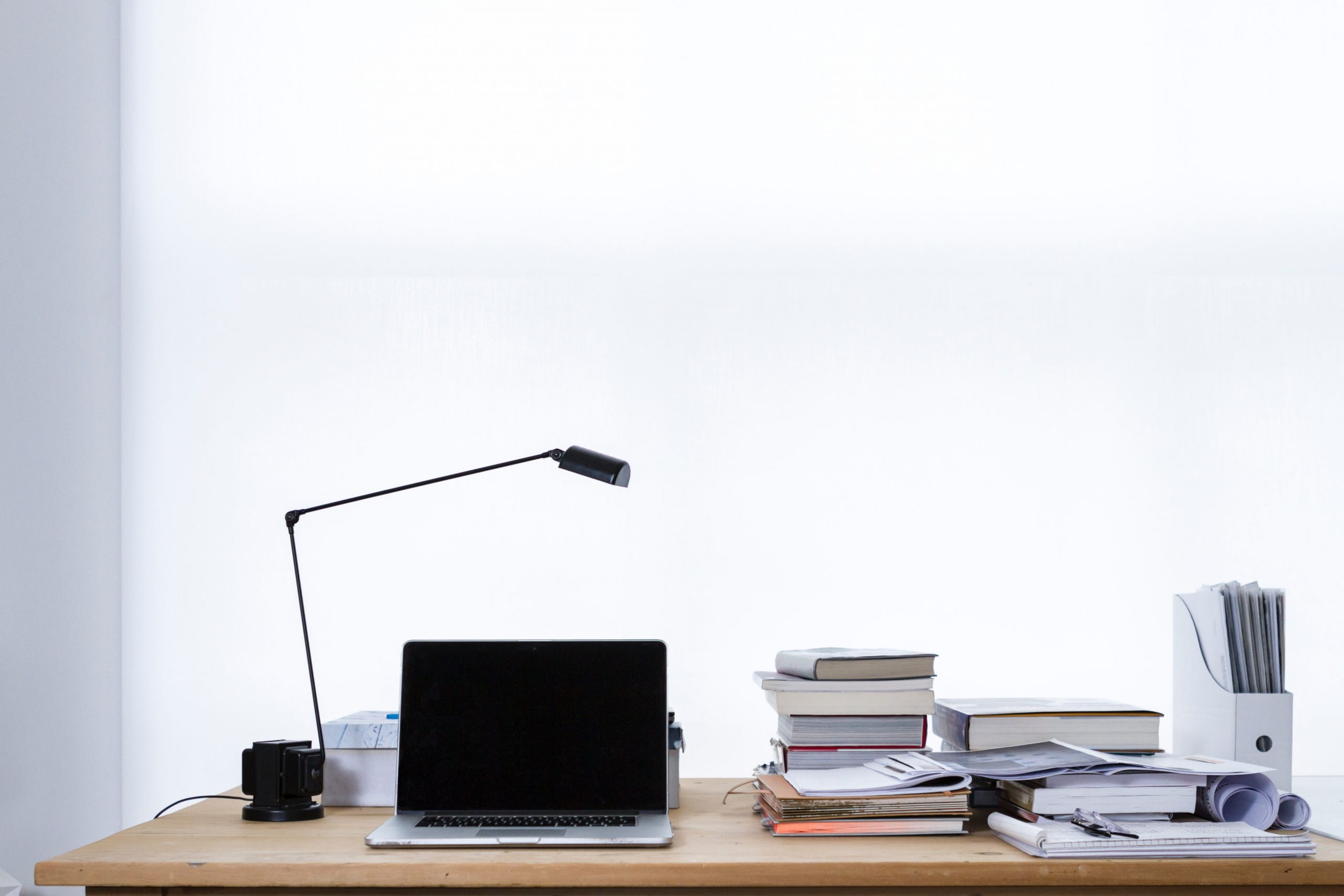Empty shelves. We’ve all seen them the past few weeks as coronavirus-induced panic rose and social distancing became the new normal. We’ve all gone searching for that necessary item or food, only to find it’s out of stock. Toilet paper is one of the hardest commodities to get your hands on these days.
As more grocery chains, such as Kroger and Publix, implement new limits on how much of an item you can buy at one time, hopefully this situation will grow more manageable. There is also an increase in delivery services offered. Whether or not stores set limits, though, depends on the state.
Panic buying is not a new phenomenon. When there is snow in the South, for instance, people stock up on bread, milk and eggs. In places like Florida, it’s practically an annual occurrence due to hurricane season. However, unlike a hurricane, there is not a definite end in sight, and this affects the entire globe.
Let’s take a closer look at what panic buying is and potential reasons behind it.
What do we mean by “panic buying”?

In an email, Elmira Shahriari, Ph.D and Georgia Southern assistant professor of marketing, defined panic buying as “when a large number of consumers buy a product(s) in larger than normal quantities because of a belief the item will become scarce or increase in price.”
Something Shahriari also pointed out is that panic buying occurs with shortages or perceived shortages of a product.
Reasons behind panic buying might include wanting to minimize risk, people being driven by their emotions and feeling a sense of relief and control when hoarding, according to PsychCentral.
But why toilet paper?
Shariari said that obvious purchases were non-perishable food items, such as canned/dried food, as well as more pandemic-specific preparations, such as bottled water, cleaning supplies and hand sanitizer.
Toilet paper doesn’t fall into either category. So why did it become one of the most sold-out items?
“American consumers heard about toilet paper shortages in other countries that were affected earlier by the coronavirus,” Shahriari said. “When it was our turn to do our pandemic shopping, we knew we [needed] to stock up.”
She also talked about the role herd mentality may have played in panic buying all the toilet paper.
“While toilet paper is something consumers must have for weeks/months of self-quarantine, it is our herd mentality that led to the many YouTube videos we have seen of people buying toilet paper in mass,” Shahriari said. “These videos, and news stories on the TP shortages, elicited a self-fulfilling prophecy.”
Shahriari pointed toward social media as increasing this perceived shortage and need.
“Seeing Facebook pictures and Instagram stories of the long lines at grocery stores or the empty shelves and aisles at the supermarkets compel consumers to pile up on necessities before they run out,” Shahriari said.
What are the problems with panic buying?
Aside from generating more panic, this type of consumer behavior affects the economy and supply chain.
Shahriari said that in this situation, suppliers are struggling to get the products back on the shelves as quickly as possible. In addition, she said that, in order to stay competitive, agile suppliers need to use data and develop models to forecast how the consumers’ purchase behavior will shift in the following weeks or months.
The pandemic is changing suppliers’ predictions about what consumers will need or want in the future.
“By incorporating data into the systems and analyzing models, we can also anticipate the next wave of consumers’ needed products,” Shahriari said. “For instance, recent research shows that consumer demand for hair color kits have significantly increased since people cannot go to salons due to the stay at home orders.”
Shortages can also lead to serious problems, according to Shahriari. She personally saw a post on Nextdoor asking if anyone had isopropyl alcohol to share, with the writer stating that they needed to sterilize the needles for her granddaughter’s insulin shots. Fortunately, many commenters quickly offered donations and alternative cleaning methods, said Shahriari.
Will placing limitations help the situation?

It’s not just toilet paper or essential items that have limits on how much one person can buy. Shahriari said that it’s notable that Apple Inc. has applied purchase limits on its products.
Placing limits on what consumers are able to buy in-store, from Shahriari’s point of view, has both pros and cons.
“On the one hand, it can decrease the overall consumer stress by increasing the availability of the in-demand items; on the other hand, it may create chaos by not providing clear instructions for the consumers about why the limits are in place or how some other shoppers get around the restrictions,” Shahriari said. “Further, having to make additional trips to the store increases contact with others, thereby increasing the risk of spreading COVID-19.”
What can everyday people do to help the situation?
Shahriari said that, like the Nextdoor community offering assistance to the grandmother, Americans must work together in this time of need.
“Thinking about others when making purchases is only part of the sacrifices we must continue to make during this pandemic,” Shahriari said. “Those sacrifices include staying at home so that we can flatten the curve.”




